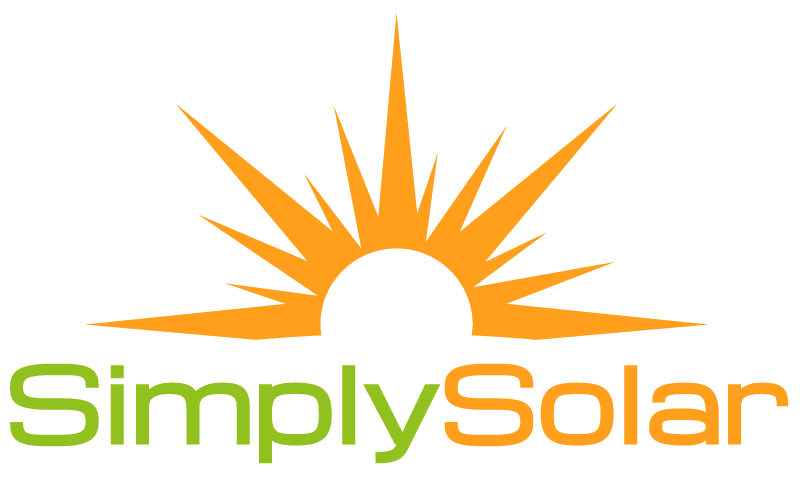After passing hurdles in the House and Senate, the Inflation Reduction Act was finally signed into law on August 16th, 2022. This historic bill is a massive win for the environmental movement at large, and for solar energy in particular. With the new provisions included in this bill, many renewable energy sources are being bolstered, and both residential and commercial investors are sure to feel the impact of these impressive improvements.
That being said, the bill is also a whopping 730 pages, and not everyone has the time or the patience to sift through a novel of this size. Luckily, our team has done the legwork for you, and pulled out some of the most impactful elements of the bill for those who want to understand the changes coming down the pipe for renewable energy.
What is the Inflation Reduction Act?
The Inflation Reduction Act is a landmark bill designed to address issues such as climate change, healthcare, and the tax code. It includes provisions which extend medical coverage for millions, increase and extend the solar tax credit for commercial and residential investors, and closes certain tax loopholes, among other things.
The Inflation Reduction Act at a Glance:
- Your Solar Tax Credit has been increased to 30% and extended for 10 years
- The tax credit can be sold and transferred
- Commercial installations will be eligible for the 30% tax credit
- New electric vehicles are eligible for a $7,500 tax credit
- Used electric vehicles will receive a credit of either $4,000 or 30% of the sale price, whichever is greater
Here are 10 key highlights from the Inflation Reduction Act that you should be aware of!
1. Solar Investment Tax Credit Increased to 30%
The residential tax credit was set to scale down at the end of this year, going from 26% in 2022 to 22% in 2023, and finally expiring in 2024. While solar is an incredible investment with or without the tax credit, this federal program is critical for making solar energy accessible to all, and it would have been a shame to see it expire. The Inflation Reduction Act has stepped in to revitalize this tax credit, increasing it to 30%. What does that mean for you? Well, as one of our expert consultants recently put it, that means 4% more of your money stays in your pocket - which is where it belongs!
2. Solar Investment Tax Credit Extended for 10 Years
Not only is the ITC getting a 4% bump, it’s getting a 10 year extension! Originally slated to expire at the end of 2023, The Inflation Reduction Act has extended the deadline to take advantage of this incredible tax credit for a decade, ensuring that many more solar adopters will be able to benefit from this incredible savings. Not only does the extension cover the next ten years, it also is applied retroactively, meaning that any system installed in 2022 will be graced into the new program.
3. The Act Goes Beyond Solar
The Inflation Reduction Act has allocated roughly $370 billion dollars to environmental initiatives, and the lion's share of that is slated to support rebates and tax credits for a number of renewable energy options - including solar panels, battery storage systems, and other energy efficient technology. This level of support lends itself to the conception of the modern Smart Home, where every component piece is designed to reduce emissions, increase efficiency, and grant greater control over your environment. Supporting this vision is a huge win in our book.
4. Commercial Solar Investment Tax Credit Provisions
Encouraging commercial organizations to invest in renewable energy is a big step for the long term health of our environment, and the Inflation Reduction Act has a sizable list of credits and incentives for commercial adoption. Similar to the residential tax credit, commercial installations will be eligible for the 30% tax credit, as well as additional adders for making even greater strides. All told, solar has become an even more enticing investment opportunity for commercial organizations looking to save big while making a difference.
5. Credit Transfers and Direct Pay
One exciting element of this bill is the establishment of tax credit transfers, where a person or company with low tax liability can sell their investment credit to an organization that will be able to make use of it. This would allow for residential solar adopters to realize a return on investment from the tax credit, even if they couldn’t use it themselves.
Additionally, some organizations with next to no tax liability, like nonprofits, tribal organizations, and some government agencies, are set to receive direct pay as an option for their investment. These groups are typically tax exempt, so a tax credit would not serve them in the same way as direct pay would. Overall, credit transfers and direct pay options will expand the accessibility of solar, which is in the spirit of the ITC to begin with. Solar accessibility is mission critical in making strides towards a healthier environment!
6. Clean Vehicle Credit
Whether you are in the market for a new or used electric vehicle, the Inflation Reduction Act has you covered. The Clean Vehicle Credit is an additional tax credit included in the bill, which rewards investors in both new and used clean vehicles. If you’re ready to buy brand new, you’ll be looking at a $7,500 tax credit, so long as the vehicle falls within certain parameters. Used electric vehicles will receive a credit of $4,000, or 30% of the sale price, whichever is greater.
Clean vehicles are just one piece of the environmental puzzle, but they go hand in hand with a solar installation, so it’s a big deal to see tax credits offered for them to coincide with your solar tax credit. Bundled together, you are looking at substantial savings for your clean energy investments, which should make these upgrades more attractive across the board. Also, these tax credits are income capped, to ensure that they are used by people who can reasonably benefit from this federal assistance. The goal is to increase the accessibility of sustainable, clean energy products.
7. Solar Manufacturing Incentives
It’s not enough to make solar energy a part of everyday life - the process around the creation of solar systems needs to be bolstered as well! The Inflation Reduction Act includes provisions to achieve this very goal, including manufacturing tax credits for panels, inverters, trackers, and more. With manufacturers incentivized to create the components required in a solar installation, we should soon see some relief for the recent supply chain issues.
8. Methane Fee
In addition to all the positive tax credits and rebates included in The Inflation Reduction Act, there are also some interesting fees designed to encourage companies to curb their use of fossil fuel emissions. In what should prove a targeted curbing of these harmful pollutants, the Methane Emission Reduction Program will see companies paying up to $1,500 per metric ton of methane produced, with gross revenue estimated in the billions.
9. Environmental Justice
The Inflation Reduction Act contains millions of dollars in funding aimed at addressing Environmental Justice - providing for those low-income individuals and disadvantaged communities who are impacted most significantly by pollution and environmental damage. The programs included in this element of the bill are significant, but among them are provisions for reducing diesel emissions, monitoring air quality, and supporting access to clean, efficient, low-emissions technologies. While this is certainly not the end of the road for environmental justice, these provisions are a solid start to addressing a critical issue.
10. Job Creation
With investments of this magnitude in the environmental sector, clean energy industries are bound to grow and expand in response. With these provisions, plus bonus tax credits for impacted communities, there will be a rising need for jobs to address the increase in solar, wind, and hydro projects. As manufacturers are encouraged to produce more solar components, we will likely see an expansion in job opportunities to match!
The Inflation Reduction Act is massive, and there are many more elements to consider contained within the bill, but this should give you a solid foundation for understanding some of the most impactful elements of the proposed environmental changes. We are excited to help new solar adopters take advantage of that incredible 30% tax credit, so be sure to schedule an appointment with one of our expert consultants if you want to start your own solar project!



